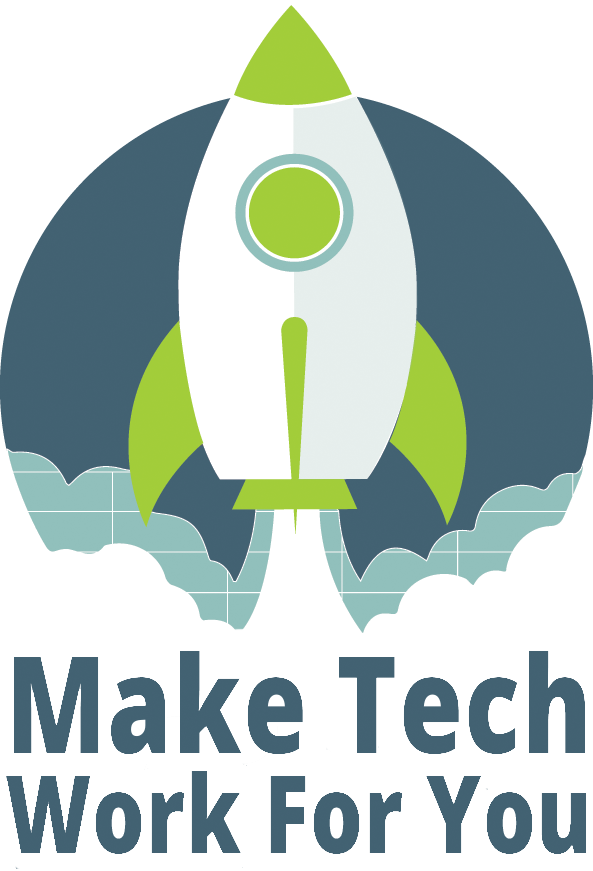A Different Kind of Top Ten List for Nonprofit Metrics
I can’t remember how I got onto the Keela mailing list. It must have been something about data for non-profits, because they’ve had a lot of subject lines that I thought were interesting.
I hadn’t opened one in a while, but when I saw the one titled “The Complete Guide to Nonprofit KPIs” I clicked on it (and by clicked I mean I saved it in my Google Tasks to be opened a full 16 days after I had received it, thanks pandemic. Side note: see my post about email management and task management). After reading through the summary article, I went ahead and downloaded the full guide.
The first 2/3rds of the guide were a great introduction to the basics of KPIs. It was even a little refreshing to see the guide framed first by the vision of what the elements of a dashboard should include. There isn’t really a one-size-fits-all dashboard for any organization and even small orgs can benefit from more than one dashboard with different focuses. But envisioning things about the numbers and charts like “what this tells us”, “how we measure it”, “what are the benchmarks”, and “what is the goal” gives you a great destination to aim for that is steeped in context.
The guide also encourages consistent communication and feedback loops about the KPIs, understanding the difference between leading indicators and lagging indicators, and the importance of KPIs being one device among many to tell the story about the work of the organization.
The final 3rd was a list of the top KPIs that Keela suggests for a non-profit organization (as an example, a “fundraising-focused” organization), and they are all fundraising focused. The about page on Keela’s website makes it clear that they are a technology focused on fundraising, which is not exactly my area of experience and if I’m being totally honest, not exactly my area of interest, either. But it looks like a really nice piece of software for that focus. I would love to try it out sometime (hint hint, anyone know anyone using it??).
Fundraising is a great place to focus on when learning about KPIs and dashboards, because many organizations can benefit from tracking the same information - Average Gift Size, Donor Retention Rate, Donor Conversion Rate, etc. There are a LOT of resources available on nonprofit fundraising metrics.
Things can get a bit more complex, dicey and, importantly, unique when you start talking about nonprofit impact metrics. Notice one of the differences between the results of those two linked Google searches - at least half of the top results for fundraising metrics are for software vendors handling fundraising management, while the results for impact metrics are mainly think-pieces from institutions/publications such as the National Council of Nonprofits, the Stanford Social Innovation Review, and Forbes. I’m not hating - it is an ongoing think-piece for all mission-driven organizations. To gather and produce evidence of our work in the world, what should we measure? How do we measure it? How do we explain it? How can we use it to get better?
I’ve been thinking about this a bit more since Salesforce has been introducing its new Program Management Module (PMM). Mission-driven organizations have been hacking Salesforce for years to manage their programs. And Salesforce’s flexibility and ease-of-use for admins to learn and experiment in has been seriously amazing and, for many of us, a really fun way to be a nerd in a mission-driven space. Is the PMM an amalgamation of all of this knowledge and experience over the years customizing Salesforce for program management, with a structure that serves a majority of non-profits to be able to track their impact? I’m looking forward to working with it more and finding out all of its benefits and challenges.
Because impact measures can be so specific to the work of individual organizations, the “top ten” lists in guides to measuring impact are not a list of actual KPIs like the Keela guide provides, but instead are the top-ten methods by which organizations can discuss, test, examine, and build upon their work. It includes processes, best practices, tips & tricks...but not a dashboard template that organizations can simply feed their data into and result in colorful and story-worthy numbers and charts. Is there a data structure or software that can guide the work of impact measurement?

